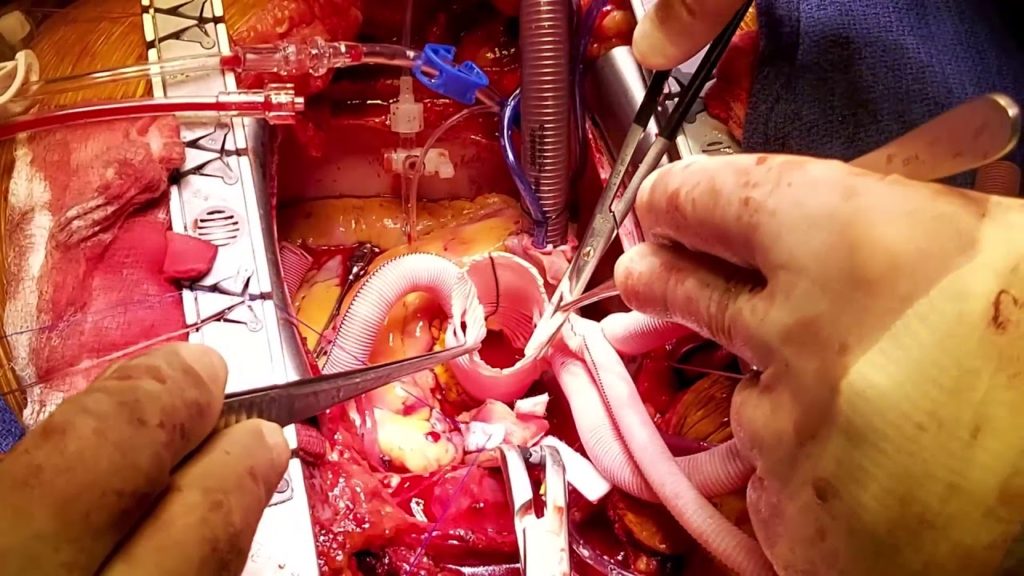|
Getting your Trinity Audio player ready...
|
An Aortic Aneurysm is a bulge or swelling in the aorta, the main artery that carries blood from the heart to the rest of the body. The aorta is a large, muscular blood vessel that is responsible for distributing oxygenated blood throughout the body. When an aneurysm develops in the aorta, it can cause the vessel to weaken and potentially rupture, leading to life-threatening internal bleeding.
There are two main types of aortic aneurysms: abdominal and thoracic. Abdominal aortic aneurysms (AAA) occur in the lower part of the aorta and are the most common type of aortic aneurysm. Thoracic aortic aneurysms (TAA) occur in the upper part of the aorta and are less common than AAAs.
Aortic aneurysms can develop in anyone, but they are more common in older adults and in people who have certain risk factors. These risk factors include high blood pressure, smoking, a family history of aortic aneurysms, and atherosclerosis (hardening of the arteries).
Symptoms of aortic aneurysms can include abdominal or chest pain, back pain, and difficulty breathing. However, many people with aortic aneurysms do not experience any symptoms, and the condition is often diagnosed during a routine medical examination.
If an aortic aneurysm is suspected, a healthcare provider will order imaging tests such as an MRI or CT scan to confirm the diagnosis. Treatment for aortic aneurysms depends on the size and location of the aneurysm and the overall health of the patient.
Smaller aortic aneurysms may not require treatment, but larger aneurysms may need to be treated to prevent rupture. Treatment options for aortic aneurysms include medications to control blood pressure and surgery to repair or replace the damaged section of the aorta.
Surgery for aortic aneurysms can be performed either open (traditional) or minimally invasive (endovascular). Open surgery involves making a large incision in the chest or abdomen to access the aorta and repair or replace the damaged section. This type of surgery is typically reserved for larger aneurysms and for patients who are not candidates for minimally invasive surgery.
Minimally invasive surgery, also known as endovascular surgery, is a newer type of surgery that is less invasive and has a shorter recovery time than open surgery. This type of surgery is performed through small incisions in the groin area, and the surgeon uses special tools to access the aorta and repair or replace the damaged section.
Recovery from aortic aneurysm surgery can take several weeks, and patients may need to stay in the hospital for a few days to a week. After surgery, patients will need to follow a prescribed medication regimen and make lifestyle changes to reduce their risk of future aneurysms. These changes may include quitting smoking, maintaining a healthy weight, and controlling blood pressure.
Aortic aneurysms can be life-threatening if not treated, so it is important for people who are at risk to undergo regular medical checkups to monitor the condition. With prompt diagnosis and treatment, the prognosis for aortic aneurysms can be good, and patients can go on to live healthy, active lives.
